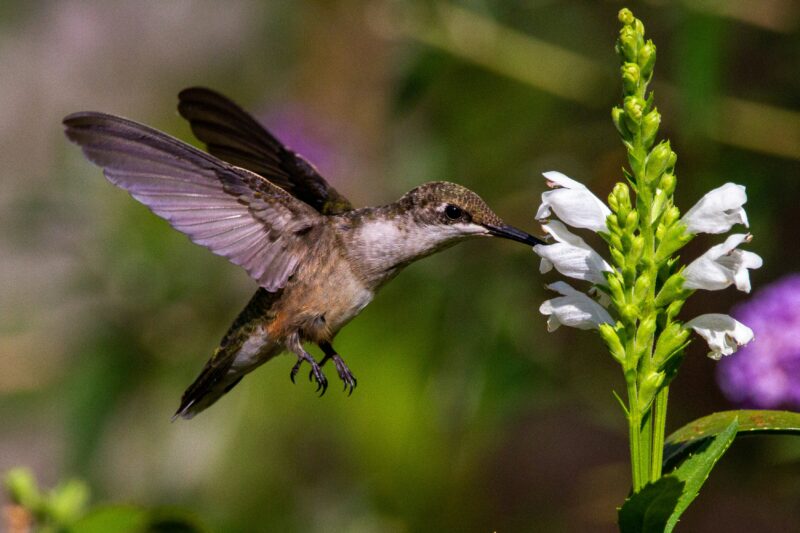Ecosystem Services.

Ecosystem services refer to the benefits that humans derive from functioning ecosystems. These services can be categorized into four general types: provisioning services, regulating services, supporting services, and cultural services. Responsible and thoughtful landscaping plays a crucial role in enhancing and maximizing these ecosystem services.
- Provisioning Services: Provisioning services involve the tangible products that ecosystems provide, such as food, water, or raw materials. Strategic landscaping can enhance provisioning services by promoting the cultivation of edible plants, sustainable water management, and the use of eco-friendly construction materials. Incorporating permaculture principles and selecting native, edible perennial plants is the goal. In turn, this contributes to the availability of nutritious food and sustainable resources right within local neighborhoods.
- Regulating Services: Regulating services involve the control of natural processes to ensure balance within ecosystems. Landscaping practices can greatly impact regulating services, with responsible designs mitigating factors such as climate regulation, pollination, and disease control. Strategic placement of trees, wetlands, and green infrastructure by landscape planners helps regulate temperature, support pollinator populations, and prevent the spread of diseases, thus contributing to a more stable and resilient environment.
- Supporting Services: Supporting services are those that maintain the conditions for life on Earth, including nutrient cycling, soil formation, and primary production. Thoughtful landscaping focuses on enhancing these supporting services by promoting biodiversity, improving soil health, and fostering habitat creation. Emphasis on native plantings, soil conservation, and habitat restoration aids in the sustenance and improvement of these critical supporting services.
- Cultural Services: Cultural services refer to the non-material benefits that ecosystems provide, including recreational, aesthetic, and spiritual values. Landscaping that considers cultural services aims to create spaces that connect people with nature, fostering a sense of well-being and community. Incorporating aesthetically pleasing designs, public spaces, and areas for reflection contributes to the cultural enrichment of communities through landscaping projects.
As society continues to grapple with environmental challenges, embracing sustainable approaches to landscaping is increasingly important. Creating a harmonious relationship between humans and the natural world is possible through thoughtful planning.
Ecosystem Services Effects:
Biodiversity conservation and enhancement is another significant benefit of landscaping with native vegetation. Native plants provide habitat for a variety of species, including insects, birds, and other wildlife. This helps local ecosystems thrive. Additionally improved biodiversity strengthens the overall climate resilience of neighborhoods.
Furthermore, native landscaping promotes soil health and fertility. The deep root systems of native plants help prevent soil erosion, improve water retention, and enhance nutrient cycling. This, in turn, can reduce the need for costly soil management practices and artificial fertilizers.
Moreover, native vegetation contributes to improved air quality. Plants play a crucial role in absorbing pollutants and releasing oxygen, leading to cleaner and healthier air for both humans and wildlife. This can have positive effects on public health and reduce the costs associated with air pollution-related illnesses.
The aesthetic and recreational value of native landscapes should not be overlooked. Well-designed native gardens and green spaces can enhance the overall quality of life in communities, providing spaces for relaxation, outdoor activities, and social interactions. This contributes to the well-being of residents and potentially reduces the need for expensive recreational facilities.
Basically, landscaping with native plants goes beyond mere aesthetics. It funds the eco-health of communities, helps expand biodiversity and can lead to long-term cost savings for municipalities.

